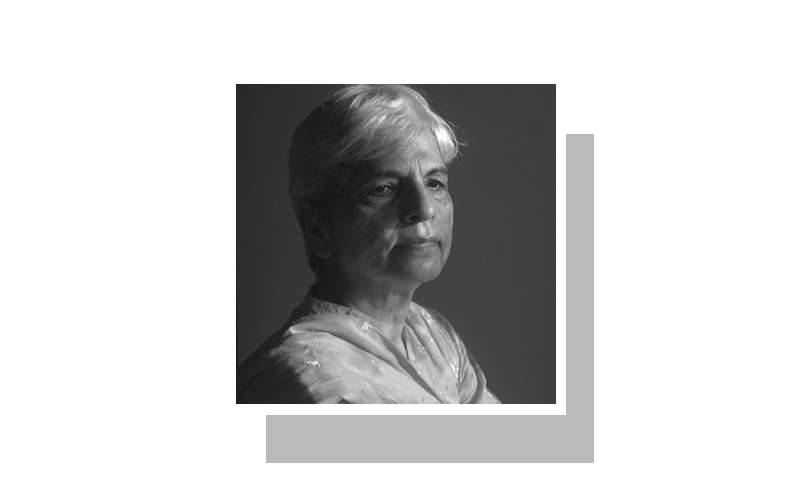SINCE 2008 the Annual State of Education Report (Aser) has emerged as an annual exercise which is impatiently awaited. Mainly focusing on children’s learning levels in school in the rural areas, Aser is now recognised as a fairly accurate assessment of the quality of education in Pakistan.
This year Aser records an overall ‘improvement’ under many heads by using the 2014 results as the benchmark. Our policymakers are bound to seize this indicator to go into self-congratulatory euphoria. But the fact is that an improvement of one or two percentage points in some areas is not really progress. The overall picture remains bleak.
A country where one-fifth of its children aged six to 16 remain out of school should hang its head in shame. This is what we have to show five years after our Constitution was amended to make education free and compulsory for the five- to16-year-olds.
The overall picture of our schools remains bleak.
As for the quality of education, Aser tells us that 45pc of class 5 children could not read a class 2 story in Urdu/Sindhi/Pashto. In the language we idealise, that is English, 51pc of class 5 children could not read sentences of class 2 level. The children’s arithmetic skills are no better. Aser says 50pc of class 5 children could not do two-digit division sums.
What emerges clearly is that the federal and provincial governments are not doing enough for education in the areas under their writ. The results, however, do not paint a uniform picture. Some provinces have done better than others and it is important that their success factors be analysed if education is to be improved in Pakistan.
One cannot fail to note that the provinces that are ahead of the others have a substantial ratio of children attending private schools. Provincially Aser findings showed that children in private schools scored more than their counterparts in public-sector institutions. In Sindh, the difference in the achievement levels of children in private schools and those in government institutions is as much as 30 percentage points in the case of learning English.
Sindh and Balochistan are classical examples. The private sector shies away from the rural areas of these provinces where respectively 87pc and 94pc children attend government schools. Both the provinces are at the bottom rungs in the various criteria measured. Conversely, Gilgit-Baltistan has the highest ratio of students in non-state schools and its learning levels are the highest too (if Azad Kashmir is excluded). Should its performance be attributed to the Aga Khan Foundation which runs many schools there?
This does not mean that governments should absolve themselves of their responsibility of providing good education to all and let the private sector do the job. Private education has its limitations. It tends to lean towards commercialisation and once prohibitively expensive it goes beyond the reach of the poor.
Hence, it is important for the government to analyse Aser’s report closely to understand where it is failing. There are some lessons to learn.
First, the issue of access and enrolment must be addressed holistically. When schools provide good education, teachers report for work regularly and the school structures are decent (have toilets, drinking water, electricity) they attract more children. Cheating on these counts can no longer fool parents. The most corrupt governments show the worst results.
Secondly, the issue of teachers’ training must be addressed seriously and honestly. Teachers need to learn pedagogy while acquiring knowledge of the subjects they teach. Most importantly, they need to be motivated so that they can motivate the students. Without good teachers, it is impossible to improve education.
Thirdly, the gender gap has narrowed over the years but still exists. Obviously, this is related to the status of women in the country. If women are not allowed to hold up half the sky as Chairman Mao had said they do, society will continue to impede progress in female education. There is need to prioritise the girl child’s education if for no other reason than that it will ensure the education of the coming generations.
Fourth, early childhood education needs to be promoted vigorously. At present only 37pc of the children three to five years are enrolled in an early childhood programme. Given the fact that only 25pc of mothers in rural areas (8pc in Balochistan) have primary-level schooling, most children do not get much academic input from home. They would certainly do better if their mothers were educated. In this context, an adult literacy programme could be of great help in boosting the education of the child.
Above all, it is important to ask what should be the aim of education. In the absence of a consensus we have failed to formulate an education policy that works. While we focus on imparting literacy and numeracy to children to equip them with the basic tools to improve the quality of life, there is need to rethink the content of education.
Published in Dawn, December 25th, 2015











































